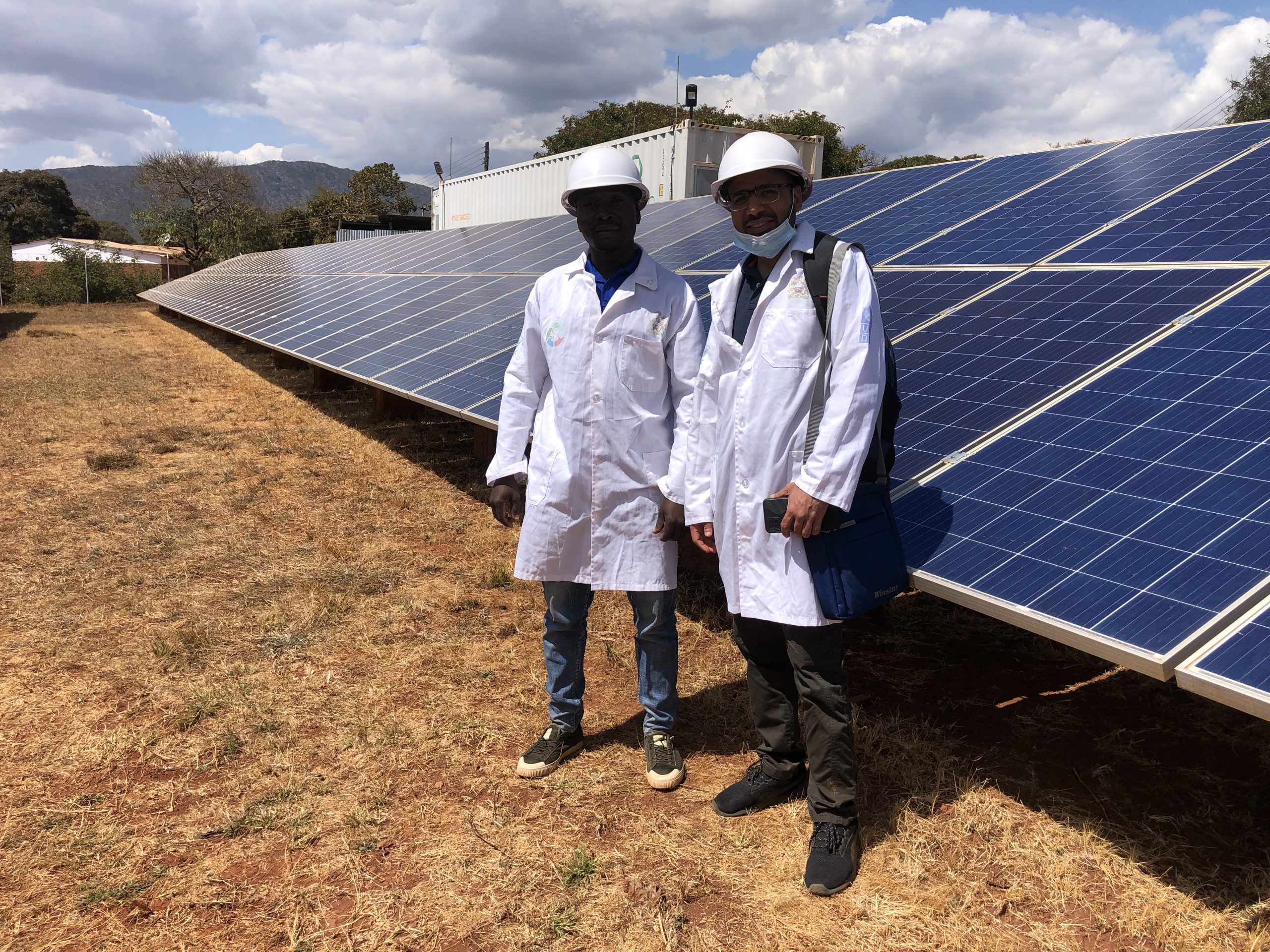
- Date
- 14th September 2023
- Categories
- Community Energy Systems in Malawi
By Dr. Harshit Vallecha (Loughborough University).
This blog is a part of three blog series on Community Energy Systems in Malawi. Our team carried out field visits to different projects for investigating the landscape of Community Energy Systems in Malawi. This blog provides the summary of sites visited in central region of Malawi,
Sitolo, Mchinji
This was the first community energy project site visited by our team in central region. It is a solar PV based minigrid project located in Mchinji district, 109 kms away from capital and close to the Zambian border. It is an 80kWp solar PV minigrid commissioned in 2018, connecting 750 consumers across a cluster of three villages. The project was funded by UNDP and Community Energy Malawi (CEM) and currently managed by CEM. It is one of the largest solar PV community energy projects connecting a substantive number of consumers and have been operating successfully over the last few years. It was interesting to see some of the consumers using variety of appliances like refrigerator, television, music systems, hot plates, etc. from power supply available through minigrid. With continuous increase in consumer demand the minigrid system is now facing power shortage and frequent blackouts during the night. They are looking to expand their capacity to support more consumers with high demand.
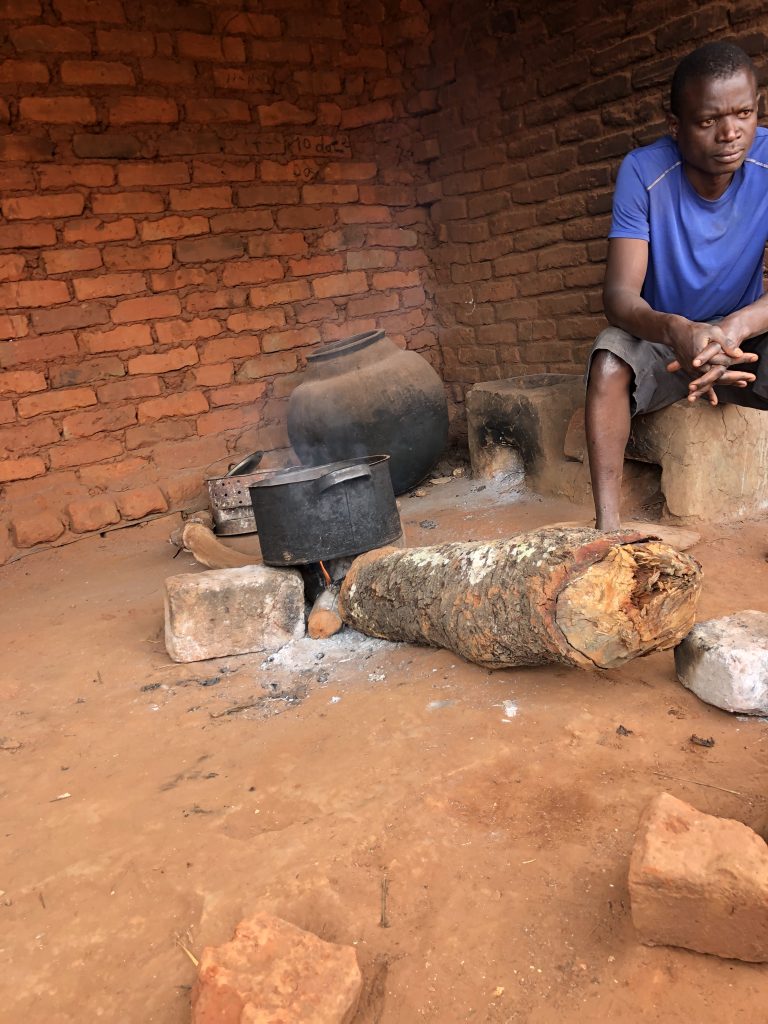
Mthembanji, Dedza
This is the second site visited by our team. It is a community solar power plant installed at village Mthembanji in Dedza district located 92 kms away from capital, Lilongwe. It is owned and operated by United Purpose Malawi with technical support from University of Strathclyde. It was funded by Scottish Government International Development Program under Rural Energy Access through Social Enterprise and Decentralization (EASE) project. It is a 12 kW solar PV generation system serving 72 consumers since 2020. It is one of the pilot village electricity access projects operated by United Purpose under social enterprise business model. Installation of this plant faced number of barriers due to lack of local capacity, supply chain issues, and regulatory hurdles. However, it was interesting to see their data management and smart metering system. Customers are charged through prepaid smart metering system. Also, the operators there using the internet based smart monitoring mechanism to keep track of panels, batteries, inverters and other equipment. The project demonstrates a significant impact on socio-economic life of people in Mthembanji. The project results an increase in number of children going to school due to availability of power. There reported to be an increase in business activities related to music shops, video shows, computer cafes, etc. through availability of electricity.
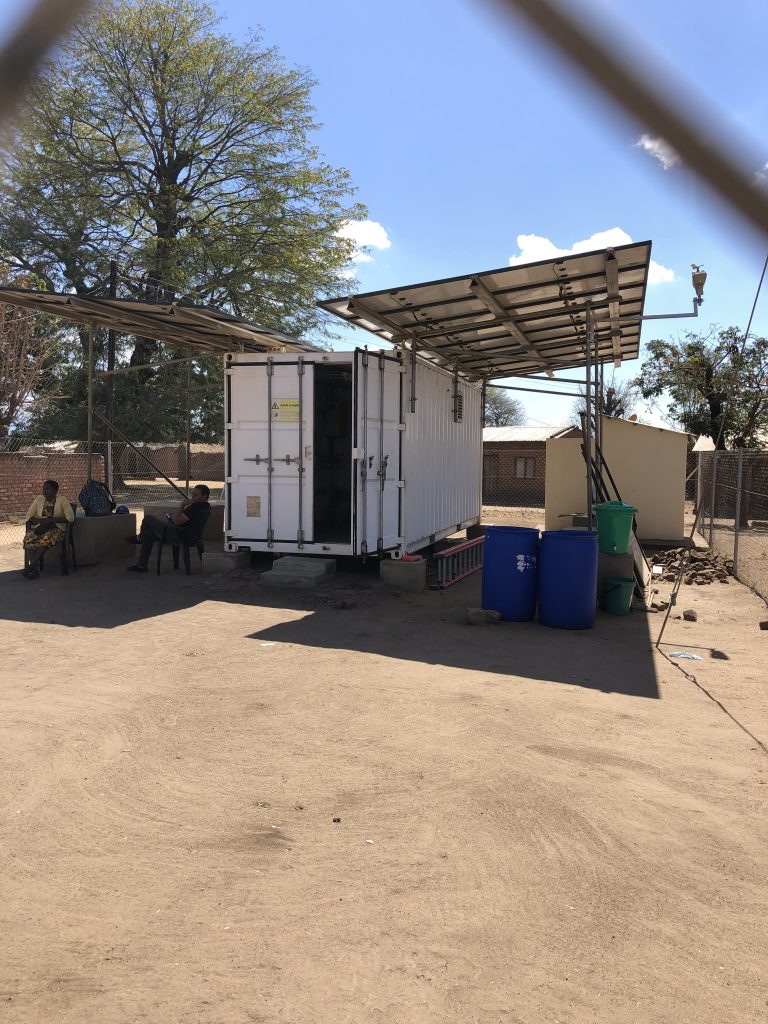
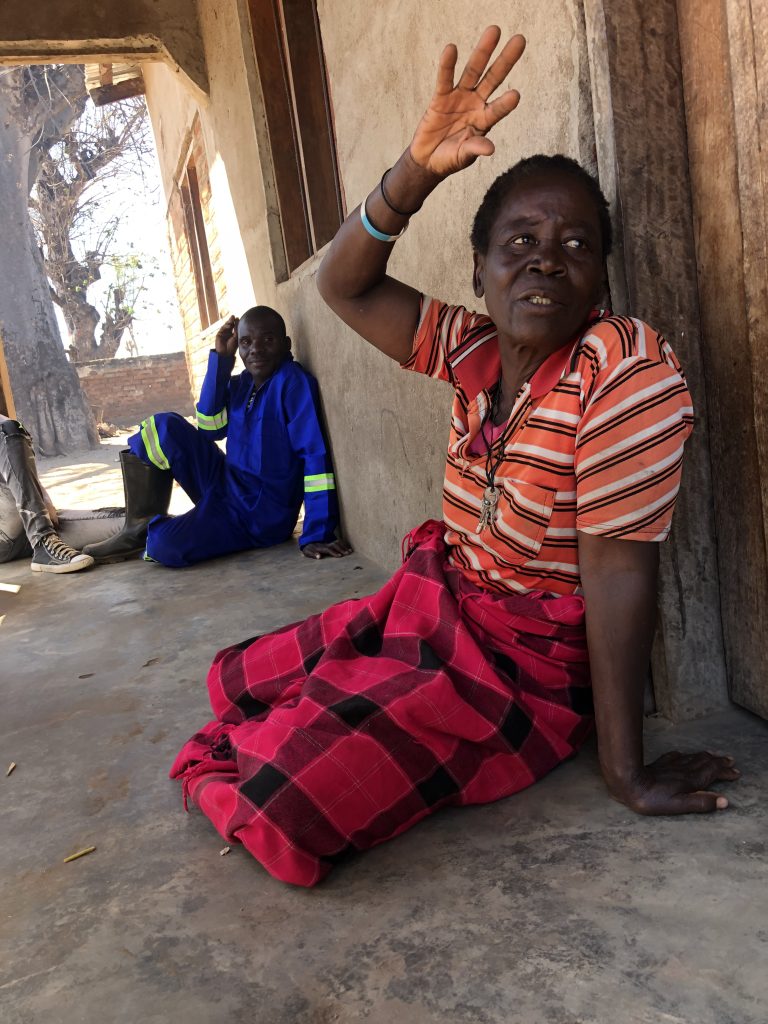
Mbangombe Village, Lilongwe
This site was not a community energy project but an important community level intervention where locals were using low-cost solar based solutions for cooking, water pumping and lighting. This site is located close to the Lilongwe airport in a remote setting. We visited a solar shop there supported by Kachione LLC (MECS Challenge Fund recipient). This shop is the selling point for solar panels, Direct Solar Electric Pressure Cookers (EPCs), and Direct Solar Water Pumps to local people. It appeared more like a community place where people come to know more about the different solar products and sometimes cook their meals from EPCs. During our visit, we witnessed the live demonstration of local people cooking their regular meals on Direct Solar EPC. Even though, the weather was not enough sunny on that day, but they still managed to cook their food at low power rating. Robert from Kachione LLC carried out a cooking comparison test there to evaluate the cooking time and amount of charcoal required to cook the same quantity of food which has been cooked through EPCs. Villagers cooked Nsima (Malawi’s staple food), red beans, and green leafy vegetables both on the charcoal stove as well as on direct solar EPC. They served us the cooked food to evaluate if there is any major difference in the taste based on the cooking method.
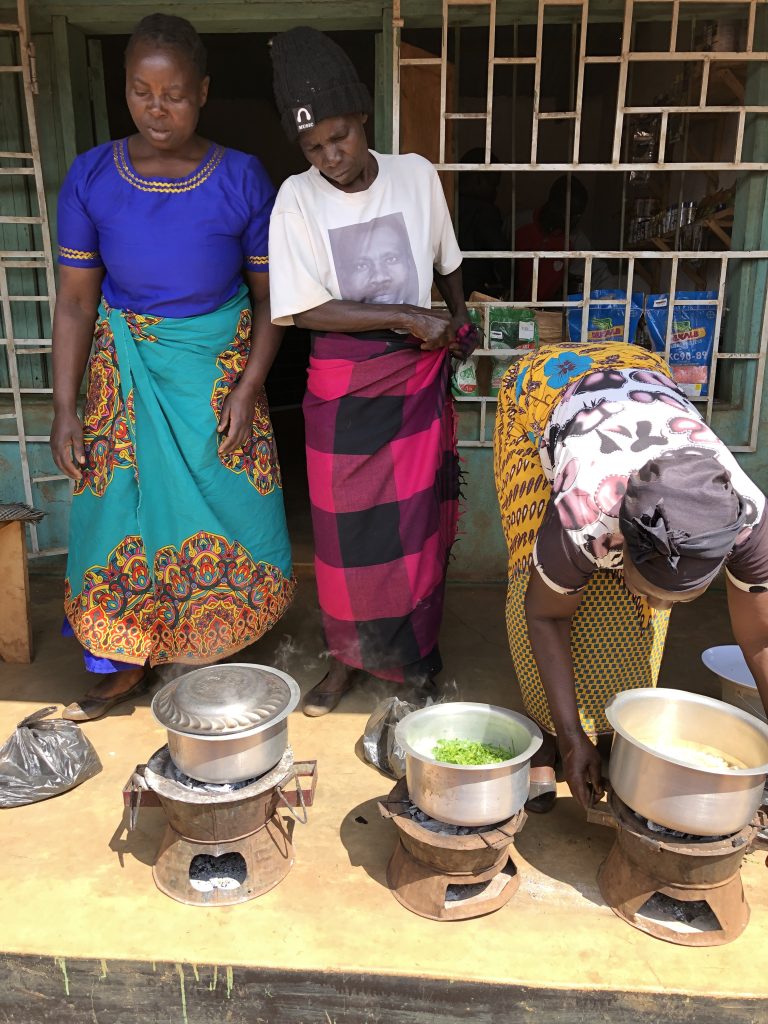
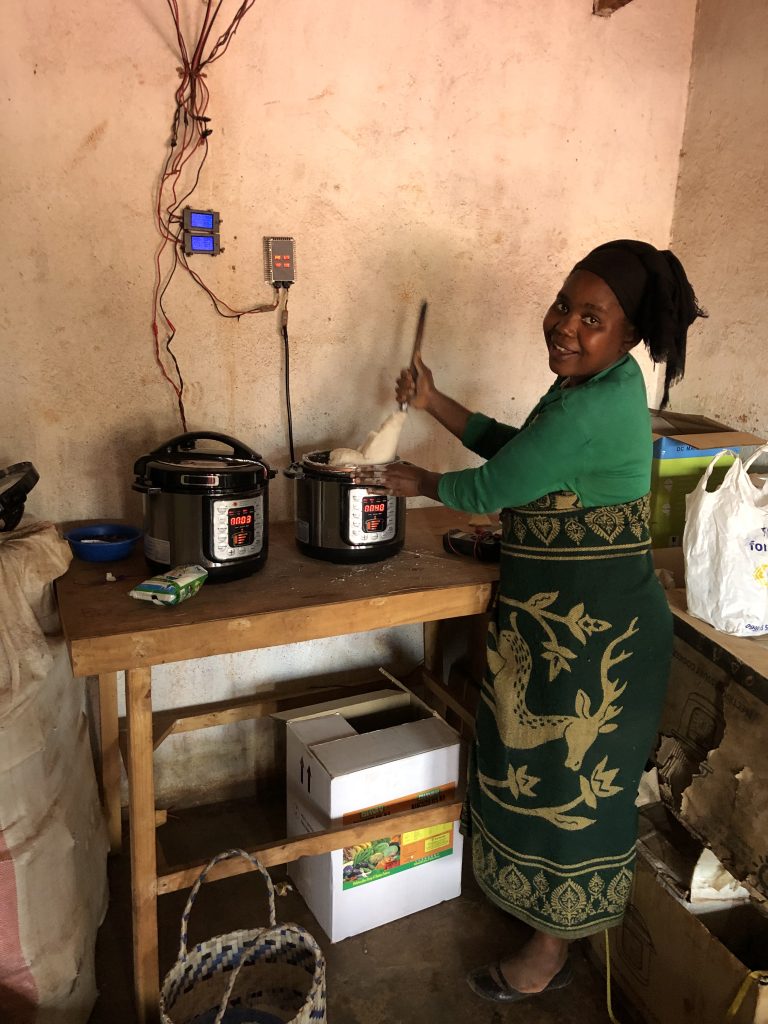
After that, we went to visit a nearby farm of a villager by riding a solar cart. There, we witnessed the operation of direct solar water pumps where people showed us how they use the portable submersible pumps to water their fields from a nearby well or natural water body. Interestingly, they were using the same solar panels which they have used to operate the EPC for cooking. Robert explained me how they are metering the usage of direct solar water pumps and providing the financial incentive or discount to the user on their next purchase for additional panel or cooker. Doing this, they are encouraging the people to maximize the utilization of solar energy either through direct solar water pumps or EPCs and providing them financial incentive for purchasing more devices based on their kWh consumption.
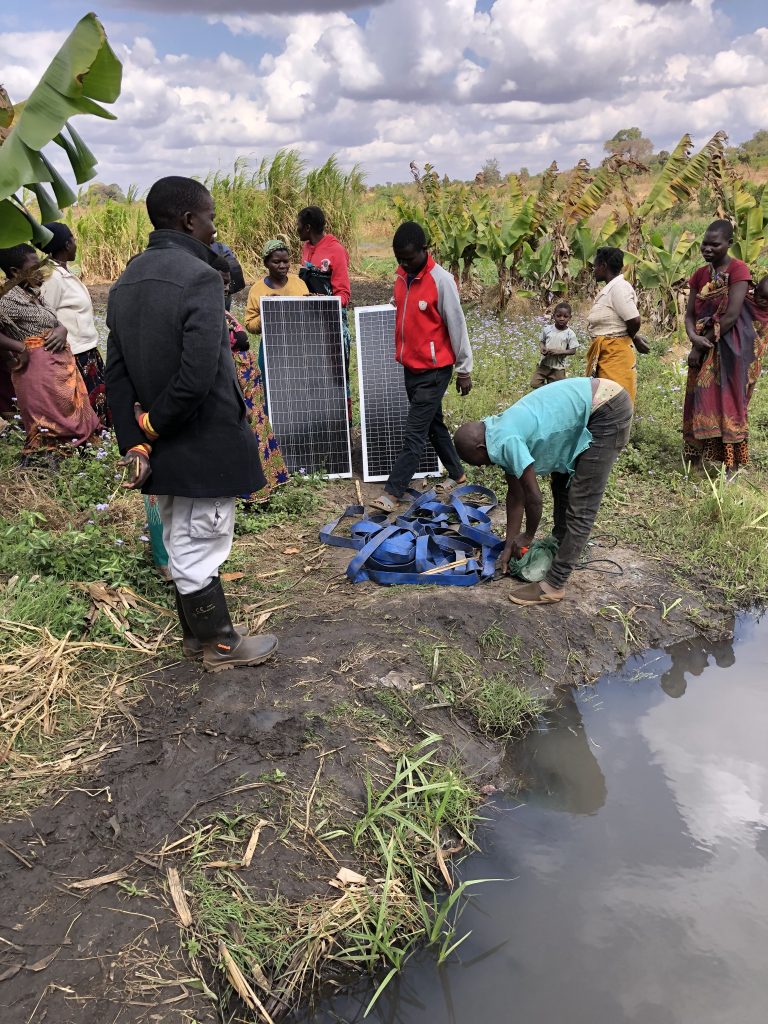
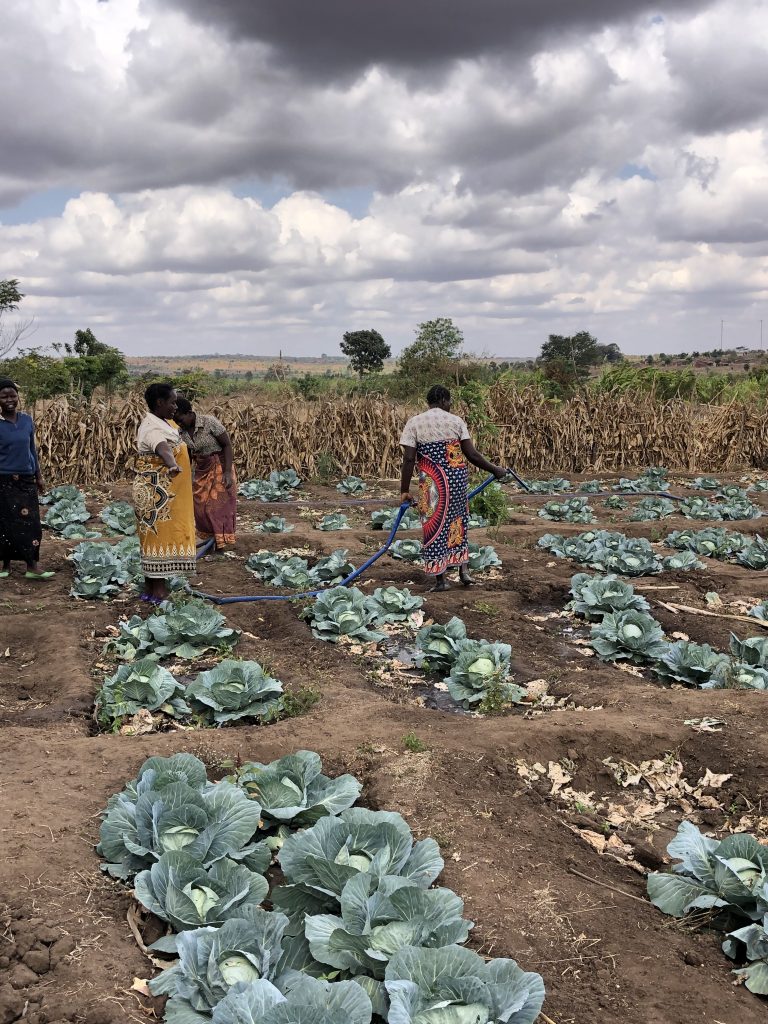
………………………………….
Featured image, top: Sitolo solar PV power plant, Sitolo, Mchinji (image credit: H. Vallecha).